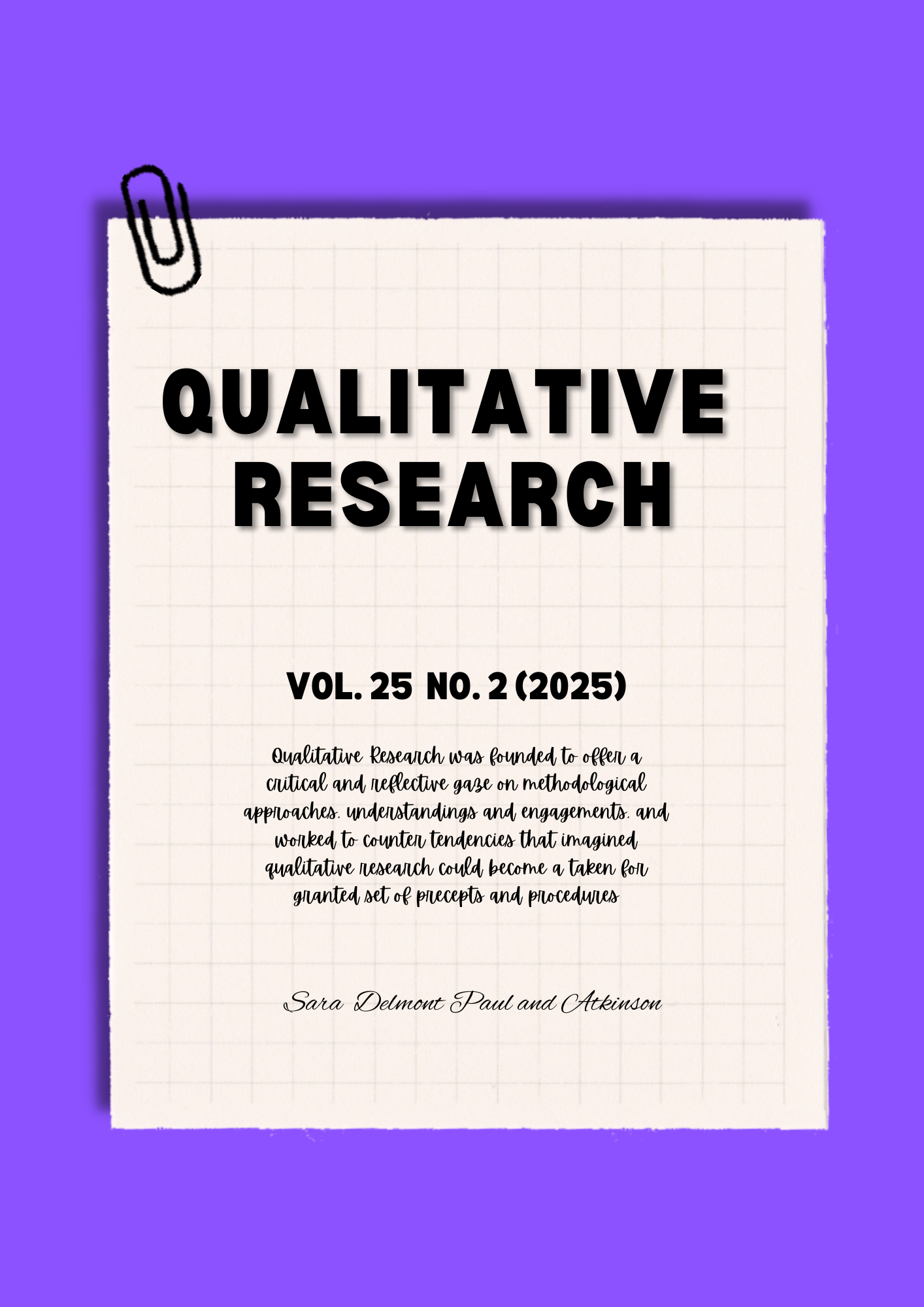Educational Impact of Sensory Activity Schedules on Hand Flapping in Children with Autism: An Experimental Analysis
Main Article Content
Abstract
The aim of this study was to assess the effectiveness of a sensory activity schedule in reducing hand flapping behavior in children diagnosed with autism spectrum disorder (ASD). A total of four participants were selected through purposive sampling from private therapy sessions, with ages ranging from under 4 to 8 years. The Questions About Behavior Function (QABF) developed by Matons and Vollmer in 1995 was utilize which is use for assessing the function of the behavior, and a behavior frequency sheet designed to record the frequency of hand flapping behavior.
Prior to the intervention, baseline data were collected using the behavior frequency sheet. Subsequently, a sensory activity schedule targeting hand flapping behavior was implemented for the participants. After a duration of two months, post-intervention data were collected using the behavior frequency sheet for comparison. Data analysis was conducted using SPSS version 26.
Results indicated a statistically significant decrease in the frequency of hand flapping behavior following the implementation of the sensory activity schedule. This finding suggests that the sensory activity schedule intervention had a positive impact in reducing hand flapping behavior in children with ASD. These findings contribute to our understanding of effective interventions for managing problematic behaviors associated with ASD and highlight the importance of sensory-based approaches in behavioral interventions for individuals with autism.
